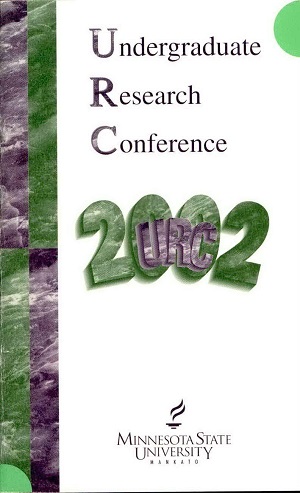Type Token Ration: A Comparison of Typically Developing Children to Children with Williams Syndrome
Location
CSU
Student's Major
Speech, Hearing, and Rehabilitation Services
Student's College
Allied Health and Nursing
Mentor's Name
Patricia Hargrove
Mentor's Department
Speech, Hearing, and Rehabilitation Services
Mentor's College
Allied Health and Nursing
Description
The purpose of this research was to compare the type token ratios (the number of different words divided by the total number of words) of children with Williams Syndrome to those of typically developing peers. Williams Syndrome has several characteristics including developmental delay; however, language skills are reported to be superior to motor and other cognitive skills. Subjects included six typically developing children and six children with Williams Syndrome. Each of the children listened to an audiotape version of a story and retold it to his/her parent who had not been present during the playing of the audiotape. Audiotapes of the children's versions of the stories were transcribed and entered into the computerized Systematic Analysis of Language Transcripts (SALT). SALT computed the type token ratio (the number of different words divided by the total number of words), the number of word roots, and the number of words produced by the subjects. The results indicated that there are some similarities and some differences between children with Williams Syndrome and their typically developing peers on these measures.
Type Token Ration: A Comparison of Typically Developing Children to Children with Williams Syndrome
CSU
The purpose of this research was to compare the type token ratios (the number of different words divided by the total number of words) of children with Williams Syndrome to those of typically developing peers. Williams Syndrome has several characteristics including developmental delay; however, language skills are reported to be superior to motor and other cognitive skills. Subjects included six typically developing children and six children with Williams Syndrome. Each of the children listened to an audiotape version of a story and retold it to his/her parent who had not been present during the playing of the audiotape. Audiotapes of the children's versions of the stories were transcribed and entered into the computerized Systematic Analysis of Language Transcripts (SALT). SALT computed the type token ratio (the number of different words divided by the total number of words), the number of word roots, and the number of words produced by the subjects. The results indicated that there are some similarities and some differences between children with Williams Syndrome and their typically developing peers on these measures.



